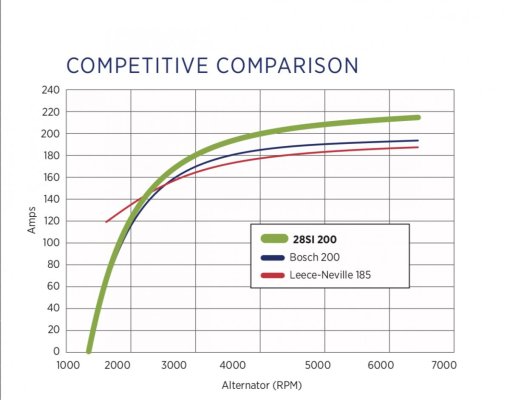twistedtree
Guru
I was hoping someone had some information on the original question.
I think your only hope is to get a Cummins tech who know how to adjust the idle and can come do it. Between travel etc., it will probably cost $1000, so worth considering in the context of other solutions.
You could also give Glendinning a call. They may have some magic too. Both ZF/Mathers and Twin Disc EC300 controls have provisions for a programmable fast idle. But I'm not sure about Glendinning. I last had their controls in conjunctions with QSC engines, and had no need for fast idle because the alternator kept up just fine at 600 rpm idle.


